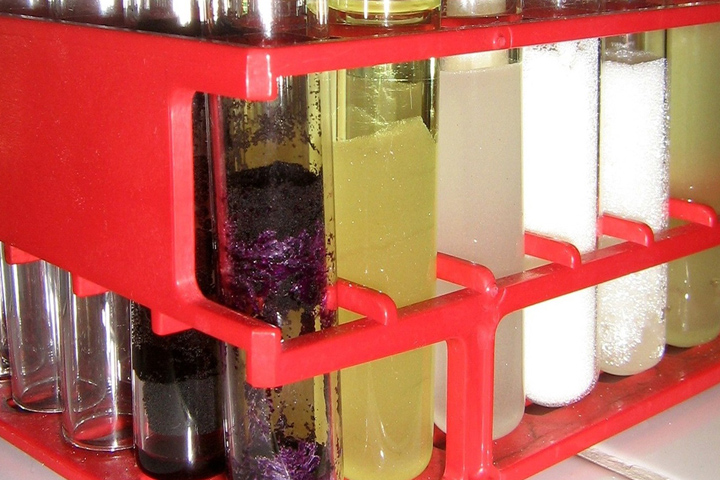Standard Chemotherapy Plus Novel Drugs for Advanced Pancreatic Cancer

Can a combination of three new drugs be safe and effective when added to standard treatment for advanced pancreatic cancer?
Researchers are testing three new drugs, including immunotherapy, as a combination with standard treatment. The clinical trial also compares the combination with a second form of standard treatment.
The New Drugs
The three new drugs included in this trial are aldoxorubicin, N-803, and PD-L1 t-haNK.
Aldoxorubicin is a prodrug of the chemotherapy drug doxorubicin, a chemotherapy that stops the growth of cancer cells. (A prodrug is inactive until it becomes metabolized in the body.) The prodrug contains a molecule that binds to albumin, a protein that tends to accumulate in tumors. Once aldoxorubicin arrives in the tumor, the acidic environment of the tumor separates the albumin-binding molecule, releasing doxorubicin directly in the tumor.
The immunotherapy N-803 is an enhanced form of interleukin-15, a protein that plays an important role in activating immune cells, in particular T cells and natural killer cells (NK) that are vital in recognizing and fighting tumor cells.. N-803 has been found to be effective against tumors.
PD-L1 t-haNK is an engineered natural killer (NK) cell line with high affinity to bind the protein PD-L1 that is found on tumor cells.
Comparing Standard Treatments
Two standard combination treatments for advanced pancreatic cancer are included in this trial. One combination consists of gemcitabine, nab-paclitaxel, and cyclophosphamide, plus stereotactic body radiation therapy (SBRT). Gemcitabine is converted into two metabolites that cause cell death. One reduces the number of building blocks necessary to make DNA; the other shortens the DNA strands. Nab-paclitaxel inhibits cell division and promotes cell death. Cyclophosphamide is a chemotherapy drug that interferes with DNA replication so the tumor cannot grow. SBRT uses multiple beams of high-dose radiation focused on a specific location in the body. The technique enables the radiation oncologist to kill cancer cells in a defined location, limiting the exposure of healthy tissue to radiation. The precise location for the radiation beams is determined using 4-D imaging to map the area that will receive treatment. Metal markers are then implanted to outline the boundaries of that area.
The other standard treatment combination includes 5-fluorouracil (5-FU), leucovorin, and irinotecan liposome. 5-FU is an antimetabolite that disrupts a specific part of the cell replication cycle. Derived from folic acid, leucovorin enhances the effects of 5-FU. Irinotecan inhibits the replication and transcription of DNA, and so interferes with cell growth.
Understanding the Trial
This complex trial studies three different drugs and two standard treatments. In the first group, participants will receive one of four options. The control group receives treatment with nab-paclitaxel, gemcitabine, and cyclophosphamide, plus SBRT. The first experimental group adds aldoxorubicin to the control group treatment; the second experimental group receives N-803 and aldoxorubicin; the third group adds PD-L1 t-haNK to the combination.
The second group compares standard treatment with 5-fluorouracil, leucovorin, and irinotecan liposome to the third experimental variation used in the first group: nab-paclitaxel, gemcitabine, cyclophosphamide, SBRT, aldoxorubicin, N-803, and PD-L1 t-haNK.
To participate in this trial patients must have locally advanced or metastatic pancreatic cancer that is stable (for first-line treatment) or progressing (for second-line treatment).
We encourage you to consult your physicians for clinical trials that may be right for you. The website ClinicalTrials.gov provides more details about this trial as well as many others. You can visit the Let’s Win Trial Finder for a list of all active pancreatic cancer clinical trials.





